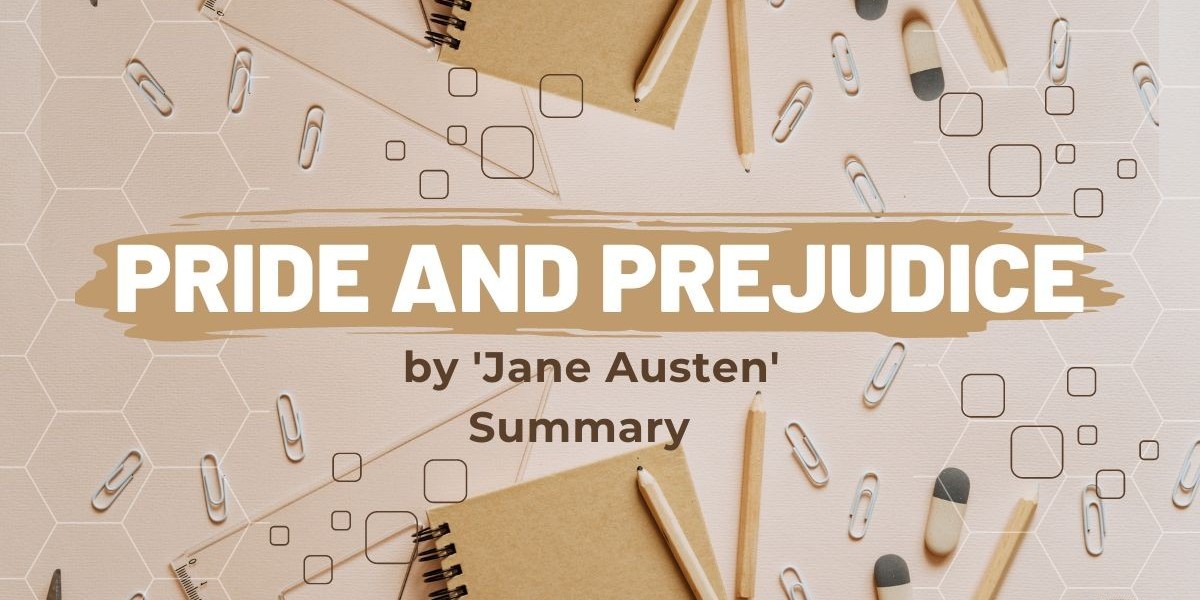Jane Austen's "Pride and Prejudice" is a timeless classic that has captivated readers for over two centuries. Published in 1813, this novel continues to be celebrated for its wit, sharp social commentary, and unforgettable characters. While it may appear to be a simple love story on the surface, "Pride and Prejudice" delves deep into the complexities of human relationships, societal norms, and the consequences of hasty judgments. In this article, we will take a closer look at why this novel remains relevant and beloved today.
A Glimpse into Regency-Era Society
"Pride and Prejudice" is set in the early 19th century in rural England during the Regency era. Austen masterfully paints a vivid picture of the society of her time, highlighting the rigid class structure, the importance of marriage for women, and the role of reputation in social standing. Through the experiences of the Bennet family and their interactions with various characters, readers gain insights into the challenges and expectations placed upon individuals based on their social status and gender.
Elizabeth Bennet: A Feisty Heroine
At the heart of the novel is the spirited and intelligent Elizabeth Bennet, one of literature's most beloved heroines. Elizabeth's character challenges the traditional norms of her society. She refuses to conform to the expectations of marrying for financial security and status, instead seeking genuine love and companionship. Her wit, independence, and willingness to stand up against prejudice and injustice make her a timeless role model for readers of all generations.
Darcy: A Complex and Misunderstood Hero
Fitzwilliam Darcy, the enigmatic and wealthy aristocrat, initially comes across as proud and aloof. However, as the story unfolds, readers discover the depth of his character and the inner turmoil he faces. Darcy's journey from arrogance to self-awareness and transformation into a more compassionate and humble individual is a central theme of the novel. His gradual evolution highlights the importance of self-reflection and personal growth, reminding us that first impressions can be deceiving.
Themes of Love and Prejudice
As the title suggests, "Pride and Prejudice" explores the destructive consequences of hasty judgments and the power of personal growth and self-awareness. Through the romantic relationship between Elizabeth and Darcy, Austen demonstrates how love can transcend social boundaries and personal flaws when individuals are willing to challenge their preconceived notions and prejudices. Their love story is a testament to the idea that true love requires understanding, empathy, and the willingness to change.
Secondary Characters: A Tapestry of Society
Austen populates her novel with a rich array of secondary characters, each representing different facets of Regency-era society. From the comical Mr. Collins to the charming but deceitful Wickham, these characters provide both humor and depth to the narrative. Austen's keen observation of human behavior and social dynamics adds depth to the story, making it a rich tapestry of personalities and relationships.
Conclusion
"Pride and Prejudice" by Jane Austen remains a literary masterpiece that continues to enchant readers with its timeless themes of love, societal critique, and the enduring struggle against prejudice. Through the characters of Elizabeth Bennet and Fitzwilliam Darcy, Austen reminds us of the importance of self-reflection, personal growth, and the capacity for change. As we immerse ourselves in the world of Austen's novel, we are not merely transported to a different time but are also invited to reflect on our own preconceived notions and biases, making "Pride and Prejudice" a book that will resonate with readers for generations to come.








